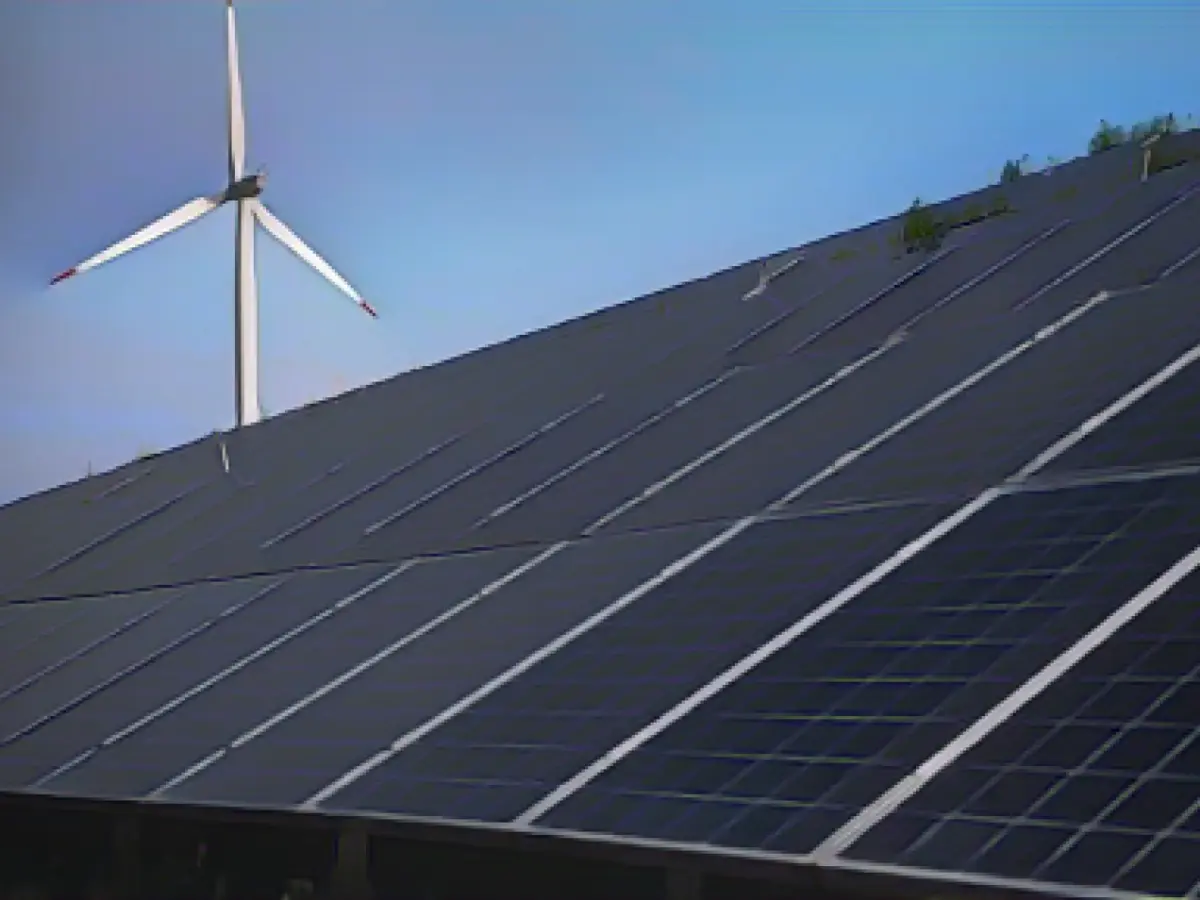Title: Germany's Liquefied Natural Gas Imports Lag Behind Expectations
In the realm of energy, Germany's involvement in liquefied natural gas (LNG) imports has been quite minimal. According to the Federal Network Agency's data, just around 6.5% of Germany's gas imports during the past year, from December 2022 to December 2023, were sourced via LNG. This equates to approximately 65.7 terawatt hours out of a total of 933.4 terawatt hours.
Initially, Germany had forecasted a potential for 13.5 billion cubic meters of gas through LNG imports for this year. This would translate to more than 130 terawatt hours, a figure substantially higher than the actual LNG imports. The German government championed the LNG imports as a crucial step in ensuring the country's energy supply security.
Kerstin Andreae, Chairwoman of the German Association of Energy and Water Industries (BDEW), expressed her support for the LNG terminals, acknowledging their importance in fostering an independent and secure energy supply in Germany. Although cheaper pipeline gas is currently available, she emphasized the necessity of maintaining LNG terminals given the tense situation on the energy market.
The LNG terminal in Wilhelmshaven, Lower Saxony, was the first to commence gas feed into the grid on December 21, 2022. With a feed-in of 42.6 terawatt hours, it remains the most significant LNG terminal in Germany to date. Brunsbüttel in Schleswig-Holstein has contributed 12.8 terawatt hours since March's end, while a private terminal in Lubmin, Mecklenburg-Western Pomerania, adds 6.7 terawatt hours to the tally since April.
As the LNG terminal in Stade, Lower Saxony, is set to be handed over to the state and the operator on Saturday, it joins two more floating terminals scheduled for commissioning in Wilhelmshaven and Rügen in 2024.
Moreover, stationary jetties are planned for future hydrogen imports, aiming to facilitate the import of hydrogen produced in the most climate-friendly manner possible. However, critics argue that this LNG infrastructure may inadvertently create excess capacity for fossil fuels if plans result in a surplus to replace previous Russian gas imports.
According to BDEW, Germany has sourced the largest share of its LNG imports (84%) from the USA, where gas is often obtained through the controversial fracking method. Under this system, the origin of the individual tankers and the composition of the LNG transported cannot always be definitively determined.
- Germany's reliance on indirect LNG imports from Russia through intermediary European ports causes complications by recording Russian gas as originating from other European countries.
- The utilization rates of floating, storage, and regasification units in Germany have been lower than expected, partly due to competition with state-owned terminals and reliance on short-term spot market volumes.
- Germany's dependence on imported fossil fuels remains high with 95% of its gas needs sourced abroad, with Norway being the main supplier since the halt in Russian gas flows due to the Ukraine conflict.
- Delays and challenges in transitioning to renewable energy sources could result in job losses, increased emissions, and a loss of competitiveness for German industries.
- Blue hydrogen, produced using fossil fuels, is a temporary solution to meet gas demands. While it could provide an intermediate solution, it is not favored by the Green Party and is currently off-limits in German energy plans, potentially hindering the country's long-term climate goals.








